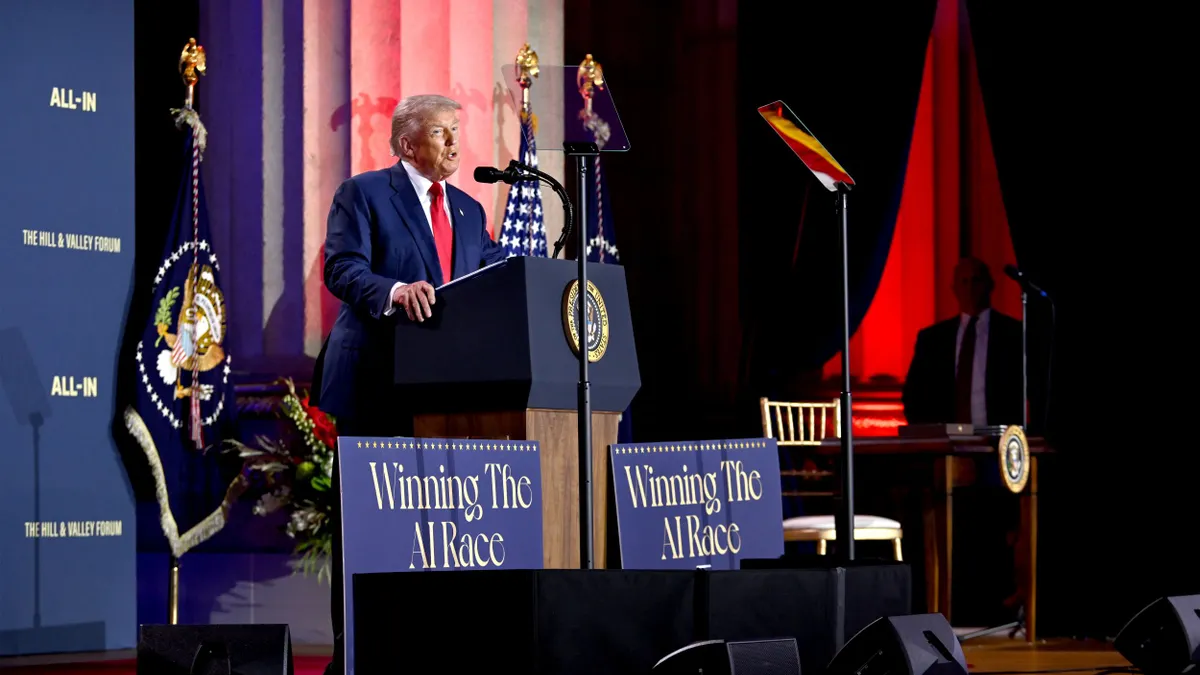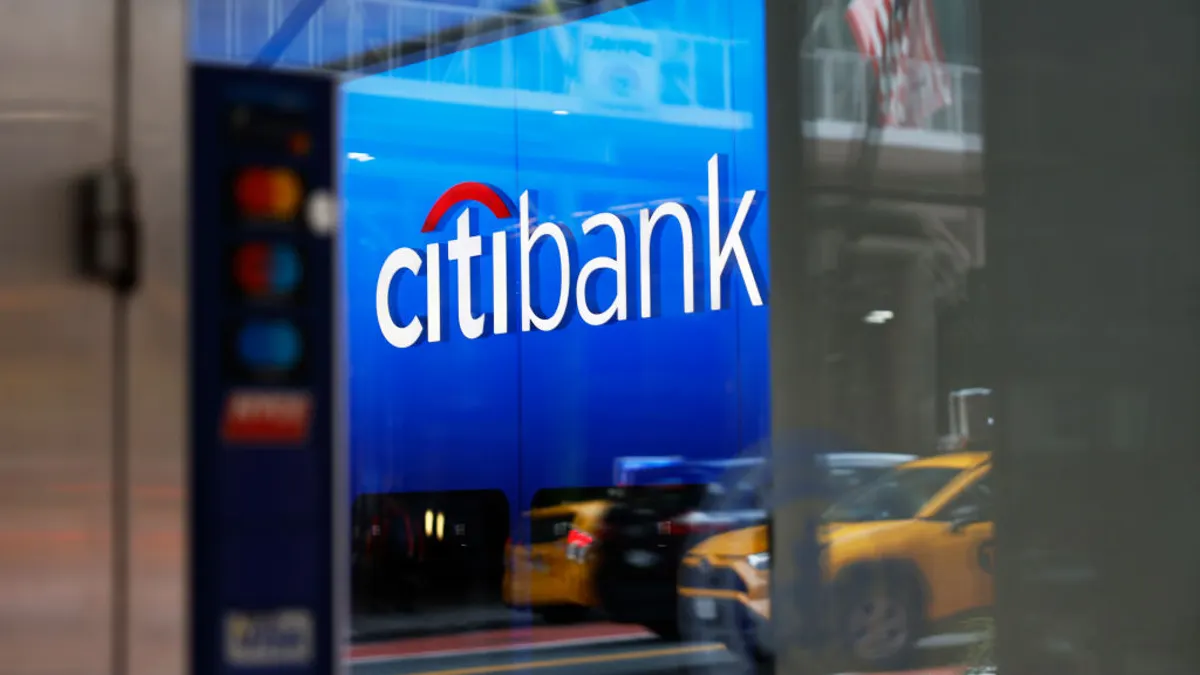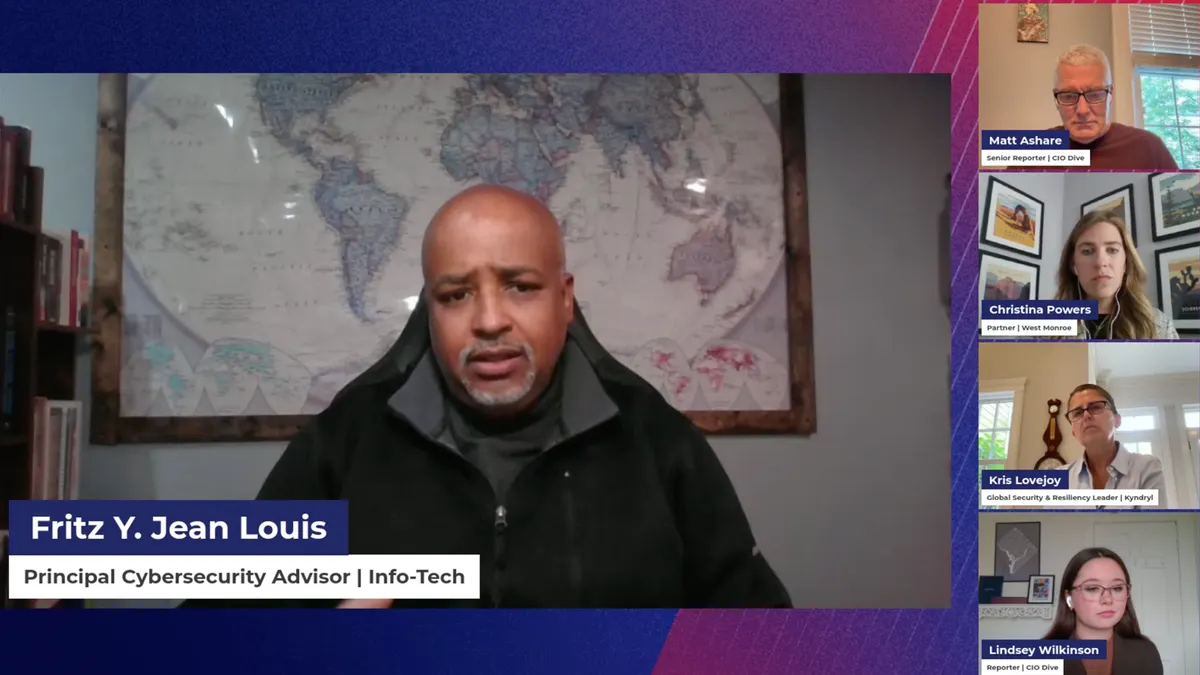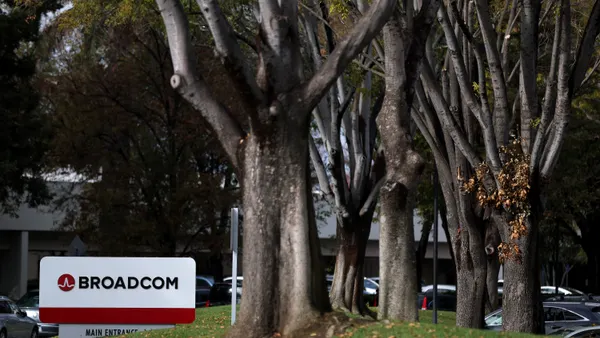CIOs and their businesses are closely tracking how future AI regulatory actions will affect their projects and initiatives.
Globally, organizations aim to meet the highest watermark to align compliance efforts. The European Union’s AI Act offers one example, while companies operating outside of the region might match plans to other regulatory requirements. Businesses are also keeping an eye on the U.S. approach to AI oversight, which took a sharp turn in January with the new administration.
Amid a global AI race, the Trump administration has pushed for American companies to accelerate AI adoption, development and exports.
“We also have to watch Europe, Asia and all foreign countries, so that they don’t make rules and regulations that make it impossible for you to do business, and where you’d have to make everything in AI cater to them because you’d have to cater to the toughest country or state,” President Donald Trump said during a Wednesday event in Washington D.C.
The administration has generally promoted a deregulation strategy, but enterprises got a clearer view of the roadmap Wednesday via an AI action plan and a trio of executive orders. While many tech companies welcomed the decrees, others have spoken out against certain policy measures.
“My deep concerns are that the EO demands rapid AI expansion with little to no guardrails and breaks,” Marjorie Taylor Greene, R-Ga., said in a Thursday post on X. “It also contains the threat of withholding federal funds from states who regulate AI, which is an absolute threat to federalism and why I strongly opposed the AI state moratorium.”
CIOs are keeping abreast of the shifting landscape as adoption efforts roll on. Here are nine stories that illustrate how AI regulatory oversight has evolved over the past six months:















